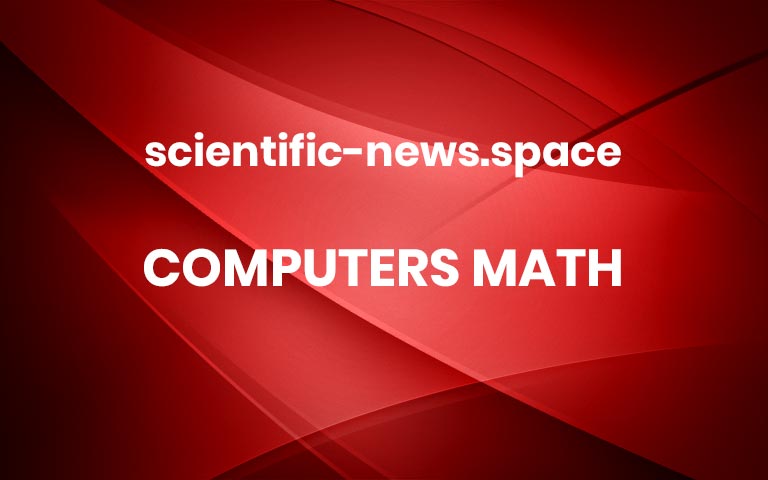Light-powered chip makes AI 100 times more efficient
Artificial intelligence (AI) systems are increasingly central to technology, powering everything from facial recognition to language translation. But as AI models grow more complex, they consume vast amounts of electricity — posing challenges for energy efficiency and sustainability. A new chip developed by researchers at the University of Florida could help address this issue by using light, rather than just electricity, to perform one of AI’s most power-hungry tasks. Their research is reported in Advanced Photonics.
The chip is designed to carry out convolution operations, a core function in machine learning that enables AI systems to detect patterns in images, video, and text. These operations typically require significant computing power. By integrating optical components directly onto a silicon chip, the researchers have created a system that performs convolutions using laser light and microscopic lenses — dramatically reducing energy consumption and speeding up processing.
“Performing a key machine learning computation at near zero energy is a leap forward for future AI systems,” said study leader Volker J. Sorger, the Rhines Endowed Professor in Semiconductor Photonics at the University of Florida. “This is critical to keep scaling up AI capabilities in years to come.”
In tests, the prototype chip classified handwritten digits with about 98 percent accuracy, comparable to traditional electronic chips. The system uses two sets of miniature Fresnel lenses — flat, ultrathin versions of the lenses found in lighthouses — fabricated using standard semiconductor manufacturing techniques. These lenses are narrower than a human hair and are etched directly onto the chip.
To perform a convolution, machine learning data is first converted into laser light on the chip. The light passes through the Fresnel lenses, which carry out the mathematical transformation. The result is then converted back into a digital signal to complete the AI task.
“This is the first time anyone has put this type of optical computation on a chip and applied it to an AI neural network,” said Hangbo Yang, a research associate professor in Sorger’s group at UF and co-author of the study.
The team also demonstrated that the chip could process multiple data streams simultaneously by using lasers of different colors — a technique known as wavelength multiplexing. “We can have multiple wavelengths, or colors, of light passing through the lens at the same time,” Yang said. “That’s a key advantage of photonics.”
The research was conducted in collaboration with the Florida Semiconductor Institute, UCLA, and George Washington University. Sorger noted that chip manufacturers such as NVIDIA already use optical elements in some parts of their AI systems, which could make it easier to integrate this new technology.
“In the near future, chip-based optics will become a key part of every AI chip we use daily,” Sorger said. “And optical AI computing is next.” More



